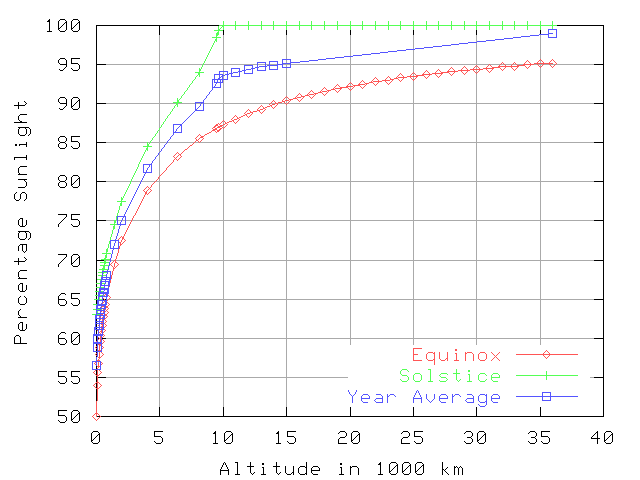

As the orbit precesses, the satellite will spend more time in the sun. In LEO, precession moves the plane of the orbit between 4 and 8 degrees per day (depending upon inclination and altitude). This is relative to inertial space, relative to the sun (noon) there is an additional degree per day due to the Earth's motion around the sun. This means that the plane of a satellite orbit will move from minimum to maximum in about 12 days (between 9 and 16 days).
When the plane of the orbit is at the maximum angle relative to the sun, it will spend a maximum in sunlight. If the combination of Earth's tilt and the orbit's inclination is large enough, the satellite will be in sunlight for the entire orbit. This happens near summer or winter, when the Earth's angle to the sun is at maximum. The ISS, at an inclination of 51 degrees, should spend a few orbits in total sunlight each winter and summer.
The effect of this precession is that there is a bonus of electricity above the minimum calculated above. The precise value varies with the inclination and altitude of the orbit. (There is a special case, the sun-synchronous orbit, at about 105 degree inclination, where precession matches the Earth's orbital motion, and a satellite can be in sunlight all the time.) The bonus varies with the time of the year, can vary between 0 and 40% (i.e. we can get power for 60-100% of an orbit). For preliminary analysis, 60% is a safe number.
For equatorial orbits, you never get much more than that. Low orbits with inclinations above 28 degrees will have times when they get a lot of bonus sunlight. Low orbits with inclinations above 50 degrees can have occasional orbits with full sunlight.